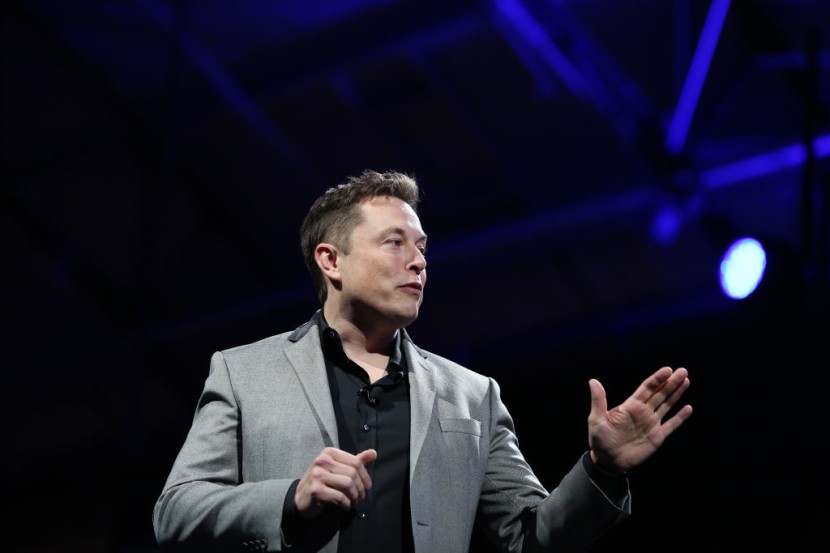
Elon Musk, the billionaire entrepreneur, believes that Earth can support a far larger population than it does now without hurting the planet's environment. Musk, a known supporter of the thesis of inevitable population collapse, addressed the matter again in a recent tweet, arguing that the Earth does not have "too many people."
The billionaire made this comment in response to a tweet by White House Economic Policy correspondent Emel Akan, who restated Musk's conviction in an inevitable population decline within the next 20 years.
Elon Musk Outlined the Declining Birth Rates
It is worth noting that this is not the first time Musk has used the microblogging platform to call attention to the world's declining population. He provided statistics earlier this month and cautioned that the fertility rate in the United States has stayed below sustainable levels for the previous five decades.
Earth could sustain many times its current human population and the ecosystem would be fine. We definitely don’t have “too many people”.
— Elon Musk (@elonmusk) June 6, 2022
While many assume that having numerous children would strain the Earth's finite resources, Musk addressed the popular misconception that the wealthy have fewer children. "I am a unique exception; most people I know have zero or one child," the father of eight explained, according to Republic World.
Elon Musk recently sent two tweets explaining his concerns about falling birth rates in the United States, generating debate on what he called the biggest threat to civilization-population collapse. In one of Musk's tweets, he posted a line graph from The Wall Street Journal depicting the total fertility rate in the United States from the 1940s to now, with the total fertility rate below the sustainable levels for the last fifty years.
USA birth rate has been below min sustainable levels for ~50 years pic.twitter.com/v5PSLbvEAE
— Elon Musk (@elonmusk) May 24, 2022
That rate has to be about 2.1 for a generation to replace itself. The graph indicates a big jump to roughly 3.7 in the postwar baby boom era of the 1950s before falling precipitously below 2. The rate gradually recovered until around 2008.
This drop has been described as a mystery by economists. The 2008 decrease coincided with the global financial crisis, which resulted in one of the worst recessions in US history.
Even as the economy rebounded, however, the rate did not climb in the years that followed. According to an Econofact report published earlier this year by three college and university economists, the US birth rate between the ages of 15 and 44 in 2020 was 55.8 births per 1,000 women, a decline of more than 20% from the rate of 69.3 in 2007.
Many demographics are seeing a decrease. According to the economists, birth rates have declined among women with and without college degrees, married and unmarried women, and white, black, and Hispanic women, according to Newsweek via MSN.
Read Also : Pope Francis Still Willing To Visit Ukraine Despite Health Condition as Russia Destroys 113 Churches
China's Population Shrinks
Meanwhile, after four decades of population growth, China's population is set to fall this year for the first time since the Great Famine of 1959-1961.
According to the most recent National Bureau of Statistics estimates, China's population increased from 1.41212 billion in 2011 to 1.41260 billion in 2021 - a record low rise of 480,000, a minuscule fraction of the yearly growth of eight million or more that was usually a decade before.
While aversion to having children in the face of rigorous anti-COVID-19 policies may have contributed to the birth slowdown, it has been coming for years. In the late 1980s, China's total fertility rate (births per woman) was 2.6, significantly above the 2.1 required to replace deaths. Since 1994, it has been between 1.6 and 1.7, before falling to 1.3 in 2020 and 1.15 in 2021.
In comparison, the overall fertility rate in Australia and the United States is 1.6 births per woman. It is 1.3 in Japan, which is becoming older. Despite China abolishing its one-child policy in 2016 and implementing a three-child program backed by tax and other incentives last year, this has occurred.
Theories disagree on why Chinese women are still hesitant to have children despite official incentives. One factor is that people have grown accustomed to having small families; another is the rising expense of living; and yet another is the increasing marital age, which delays births and dampens the desire to have children.
Furthermore, China has fewer women of childbearing age than one might think. Since 1980, when couples were only allowed to have one child, many chose a boy, raising the sex at a birth ratio from 106 boys for every 100 girls (the ratio in most of the rest of the globe) to 120, and in certain regions to 130, Business Standard reported.
Related Article : Elon Musk Mocks DOJ, Media With Controversial Jeffrey Epstein Tweet
© 2026 HNGN, All rights reserved. Do not reproduce without permission.








